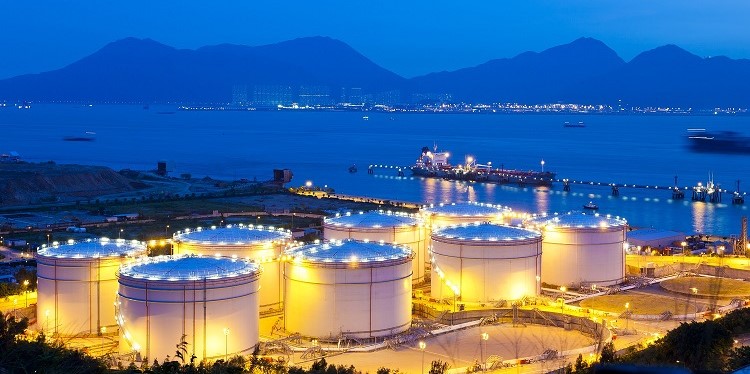
Fuel oil floating storage options loom in Europe
LONDON — Global fuel oil demand may be holding up better than its jet fuel and gasoline peers, but with inland storage facilities at high levels it appears only a matter of time before the economics of floating storage in Europe start to make sense for the marine fuel, according to market sources.
Shipping’s importance to the world economy — 90% of global trade is seaborne — means it has been given exemptions to keep operating through the widespread global lockdowns. However, the coronavirus pandemic has not left fuel oil demand unscathed as dry bulk, cruise ships and the container market all suffer, with inland builds of stocks in Europe and stocks spilling over on to floating storage in Singapore.
Combined stocks of fuel oil in the Amsterdam-Rotterdam-Antwerp hub decreased nearly 12% to 1.357 million mt in the seven days to Wednesday, according to data from Insights Global, but this was after reaching a 21-month high the previous week.
“Storage is pretty full, and demand is dire,” a source said, adding that buyers are pushing back delivery dates for product. The source noted however that 0.5% sulfur fuel oil demand is “a little healthier” compared to other fuel oil grades “as bunker volumes seem OK.”
“The fuel oil contango is not enough to incentivize floating storage; it works better for inland storage,” another source said. Other sources noted that the contango on 0.5% marine fuel works better than for high sulfur fuel oil, so it is being prioritized in the queue for storage.
Indeed, there appears to a global pecking order for storage related to the decimation of demand and the premium that can be commanded when they do sell, with crude, jet and gasoline all being moored offshore in considerable volumes. S&P Global Platts Analytics notes that all forward curves are all deeply in contango which is consistent with stock builds with jet, gasoline, and diesel, but the HSFO trend is similar albeit lagging.
Not all fuel oil is equal
Demand for 3.5% fuel oil after the International Maritime Organization’s stricter sulfur cap that came in to force January 1, 2020 has fallen off for the bunker pool as scrubber economics — using an exhaust cleaning system to allow vessels to continue burning high sulfur fuel — come in to question. One source noted however they were looking to store all fuel oil grades.
In the paper market, the time spread between 3.5% FOB Rotterdam barge front-month and month two was last assessed Thursday in a minus $12/mt contango, widening from minus $10.25/mt the day before.
The 0.5% FOB Rotterdam barges spread was assessed at minus $14.50/mt, steepening from minus $13.00/mt Wednesday and from minus $8.00/mt at the start of the month.
“0.5% marine fuel has a better contango, I am not surprised that more people are positioning themselves to store that,” one fuel oil source said.
Storage running out
As a result of limited storage capacity, European bunker premiums — the delivered market compared to the respective barge prices — have come under pressure recently, falling steadily since February. So far in April the premium has averaged $8.94/mt, down from a March average of $19.41/mt and off sharply from the February average of $26.24/mt.
One bunker source noted a decline in bunker premiums last week, particularly for Mediterranean marine gasoil, adding that this could be a result of needing to free up space for more product coming in.
The markets are keeping an eye on storage fundamentals, and not ruling floating storage out as it remains the only option after inland storage becomes saturated, which participants may be pushed to do so despite being uneconomic in the near future.
“Availability and prices of vessels will rally, so there will be less vessels and those that are left would be more expensive,” a source said.
“Some are starting to look at floating storage,” another source said, adding that they wouldn’t be surprised if some started to store on vessels.
Platts Analytics sees inland storage running out by June, with total storage afloat potentially increasing by 250 million barrels.
Fuel oil won’t have long to jump aboard those ships and the move to store fuel oil on the water in Europe may not be far away.
Editor Alisdair Bowles from Platts
